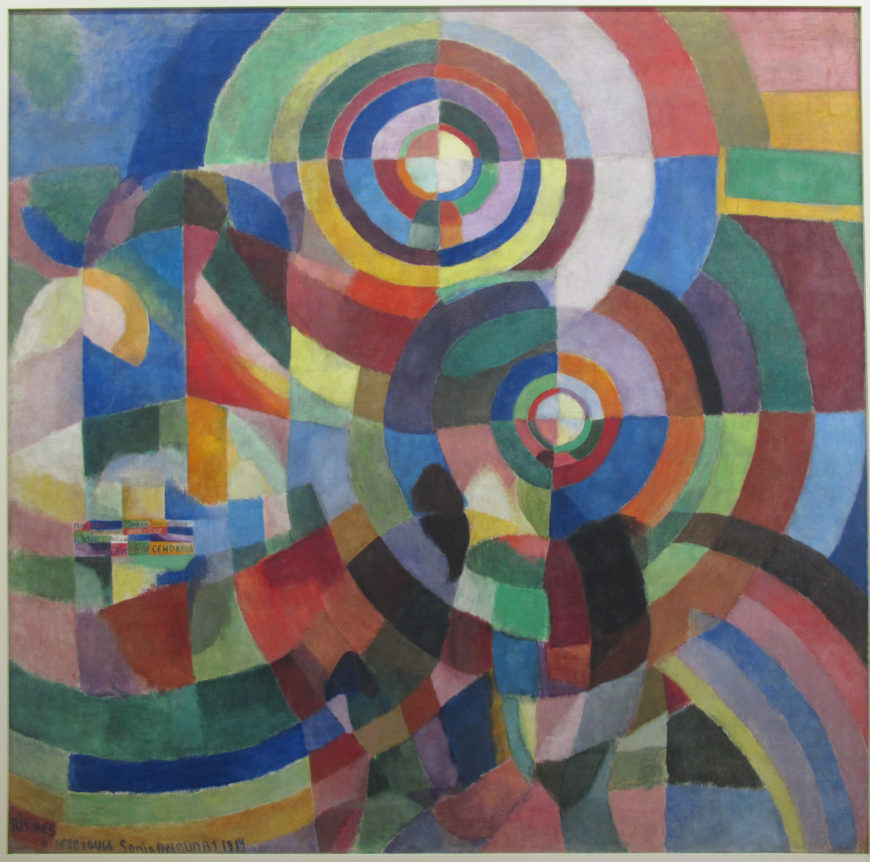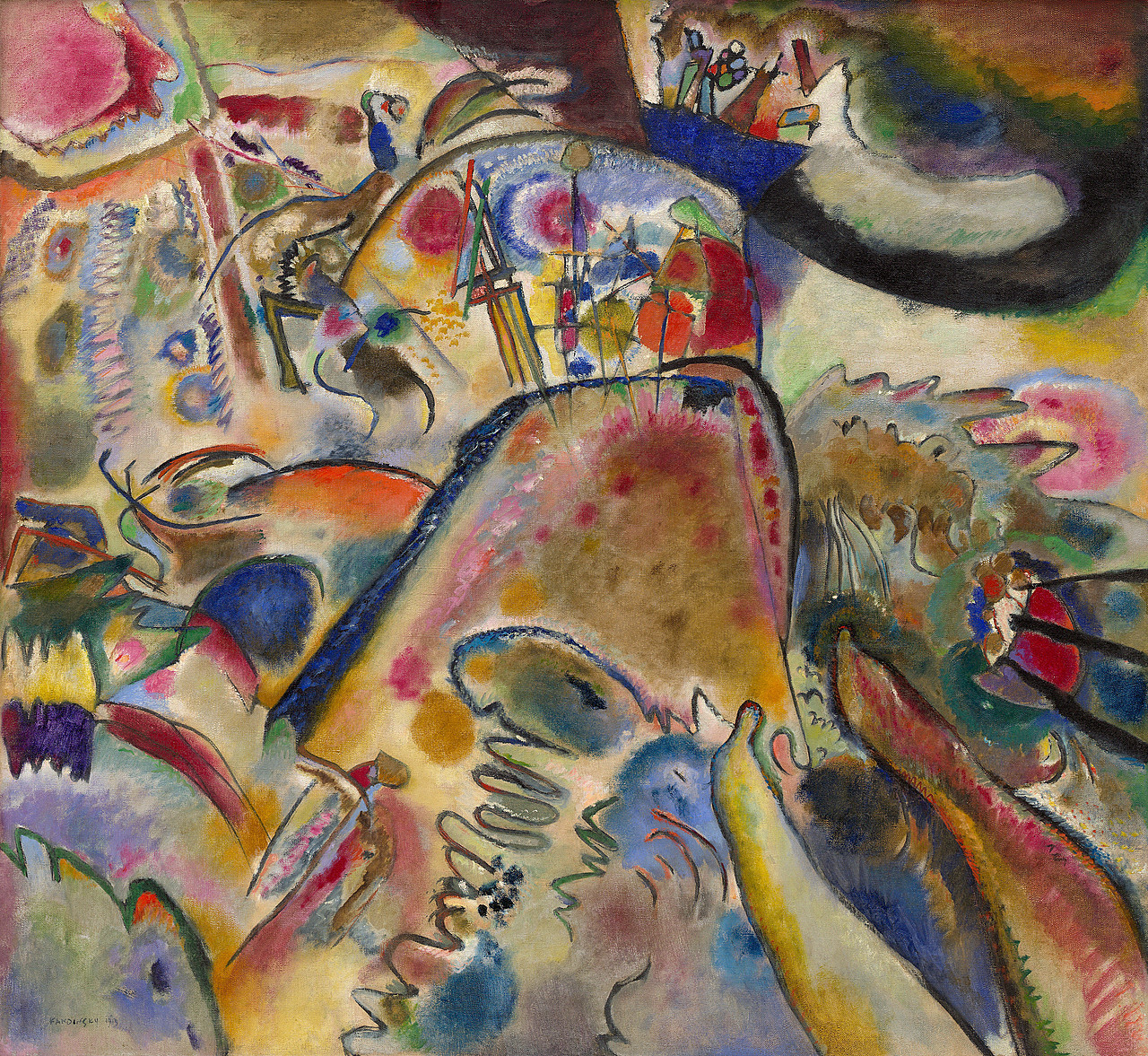
Although nonrepresentational art may be difficult to interpret, it allows the viewer an insight to the artist's own subjective experiences, provides the viewer an idea of others perspective of the world and it is a way for artists to express their own life experiences creatively. Nonrepresentational art is known non-objective art. Nonrepresentational art may be depicted through various shapes, lines, colors, and rarely incorporates subjects that are easily recognizable in the real world and it does not intend to reference reality. Whereas abstract art may depict something in the real world using various colors, shapes, and forms. Sometimes this form of art may express more complex ideas such as emotions or feelings. Since this art style is considered non-objective that means that there are no set standards or rules that guide the artist or the viewer on what ought to be the correct way of creating and interpreting this type of art. However, throughout the history and development of art there are have been artists and art critics who insist that there is an objective standard that art ought to follow and how art ought to be judged or viewed. Thus, non-representational art may be seen as a controversial form of art for some artists who prefer the traditional elements and principles of design.
The purpose of nonrepresentational art can be used as a way for artists to communicate their subjective experiences in a creative fashion and it can also be a way express one's on spirituality. For example, Delaunay's Electrical Prisms depicts her own subjective experience of the electric streetlights located on a Paris boulevard. She depicts this experience with vivid colors and disc shapes that are meant to represent the streetlights. Delaunay also incorporates solid forms within the radiating discs, which are meant to form shadowy figures and a kiosk of books. With out the description of Delaunay's composition, it may be difficult to come to the conclusion that a Paris boulevard of streetlights is being shown. One might view this piece and see only the shapes and colors and may come to their own interpretation of the subject matter. Thus, the meaning of nonrepresentational art is subjective and is based on the artist's own perspective, which means that the viewer may have their own subjective experience when viewing a nonrepresentational art piece. Unless the artists clearly states their intentions in creating nonrepresentational art, the viewer is left to figure it out on their own what the artist was trying to illustrate. As mentioned before, some artists found meaning in nonrepresentational art on a spiritual level. Wassily Kandinsky was one of those artists. Kandinsky is considered to be an important painter of the modern abstract era. Kandinsky believed that pure visual abstraction can help express one's own true spirituality. He often compared abstract art to music and that the vibrations from the music inspires an individual's pure spirituality. Thus, he coined the idea of color vibrations stating that certain uses of color can achieve the same effect of expressing pure spirituality. Kandinsky often incorporated religious elements within his compositions, which meant he sometimes used objects that were in relation to religion and subconsciously recognizable to the viewer; however, he was also able to abstract the imagery of these objects so that the viewer may focus on the abstract forms and interpretations of the subject matter rather than the objective materialistic features within his compositions. For example, Kandinsky's Small Pleasures incorporates objects that are meant to represent the desire for materialistic objects. However, by simplifying the objects by including less detail, viewers are led to not focus on the objects in the composition, but are led to focus on aspects like lines, colors, and shapes. When viewing the city on the hill, it is formed by simple lines and shapes. However, the eye is then drawn to the vivid colors and shapes behind the city. Thus, attracting the eye to more vivid and abstract features of the composition.
Vasily Kandinsky, Small Pleasures, 1913, oil on canvas, 110.2 x 119.4 cm (Solomon R. Guggenheim Museum, New York, Image Source.
The idea that artwork composed of simple shapes and colors is universally understandable is fascinating and complex. It is fascinating because it seems that most people are able to find some meaning in certain colors, shapes, or lines, even if it is a subjective experience or interpretation. Artwork that is subjective may be difficult to interpret and may cause a disconnect between the artist and the viewer. Being that this art form is subjective, the artist may have intended for the composition to represent a certain idea or emotion, but may fail to successfully depict that through their artwork. However, if the artist is able to express their emotions, thoughts, or subjective experiences in a way that others may find meaningful, it might suggest a deeper connection amongst human beings in general and may give insight to what ideas, thoughts, or emotions are commonly shared amongst everyone. Nonetheless, nonrepresentational art does not aim to express an objective idea or experience. Rather it aims to express a subjective experience or idea, which may suggest that this art form is a way for artist to freely express themselves without the criticism from themselves or others, and may help others find meaning and connectedness in subject matters that have no relation to reality. Also, various cultures interpret and depict art through various forms of medias and mediums, which provides insight to how art is subjective across cultures and artists. Certain cultures might have different standards of what art ought to be and what art ought to look like. Thus, art made of simple shapes and colors may not be classified as being universally understandable as art is a subjective form of expression.
Dr. Asa Simon Mittman, "Naturalism, realism, abstraction and idealization," in Smarthistory, July 11, 2019, accessed April 5, 2021,https://smarthistory.org/naturalism/.
Dr. Charles Cramer and Dr. Kim Grant, "Sonia Delaunay," in Smarthistory, April 7, 2020, accessed April 5, 2021,https://smarthistory.org/simultanism-sonia-delaunay/.
Dr. Charles Cramer and Dr. Kim Grant, "Kandinsky, Apocalypse, Abstraction," in Smarthistory, April 11, 2020, accessed April 5, 2021, https://smarthistory.org/kandinsky-apocalypse-abstraction/.



